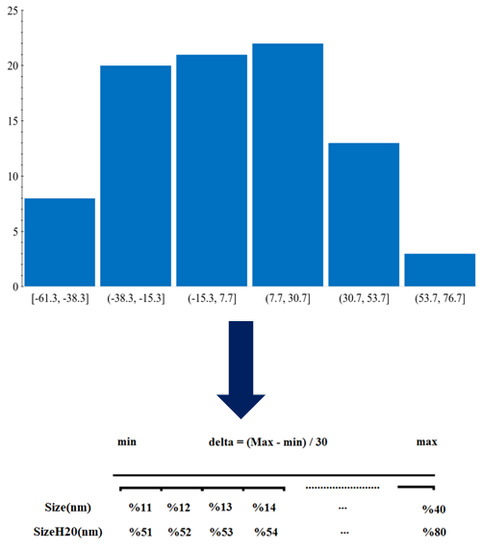Towards the Development of Global Nano-Quantitative Structure–Property Relationship Models: Zeta Potentials of Metal Oxide Nanoparticles
Abstract
Share and Cite
Toropov, A.A.; Sizochenko, N.; Toropova, A.P.; Leszczynski, J. Towards the Development of Global Nano-Quantitative Structure–Property Relationship Models: Zeta Potentials of Metal Oxide Nanoparticles. Nanomaterials 2018, 8, 243. https://doi.org/10.3390/nano8040243
Toropov AA, Sizochenko N, Toropova AP, Leszczynski J. Towards the Development of Global Nano-Quantitative Structure–Property Relationship Models: Zeta Potentials of Metal Oxide Nanoparticles. Nanomaterials. 2018; 8(4):243. https://doi.org/10.3390/nano8040243
Chicago/Turabian StyleToropov, Andrey A., Natalia Sizochenko, Alla P. Toropova, and Jerzy Leszczynski. 2018. "Towards the Development of Global Nano-Quantitative Structure–Property Relationship Models: Zeta Potentials of Metal Oxide Nanoparticles" Nanomaterials 8, no. 4: 243. https://doi.org/10.3390/nano8040243
APA StyleToropov, A. A., Sizochenko, N., Toropova, A. P., & Leszczynski, J. (2018). Towards the Development of Global Nano-Quantitative Structure–Property Relationship Models: Zeta Potentials of Metal Oxide Nanoparticles. Nanomaterials, 8(4), 243. https://doi.org/10.3390/nano8040243







